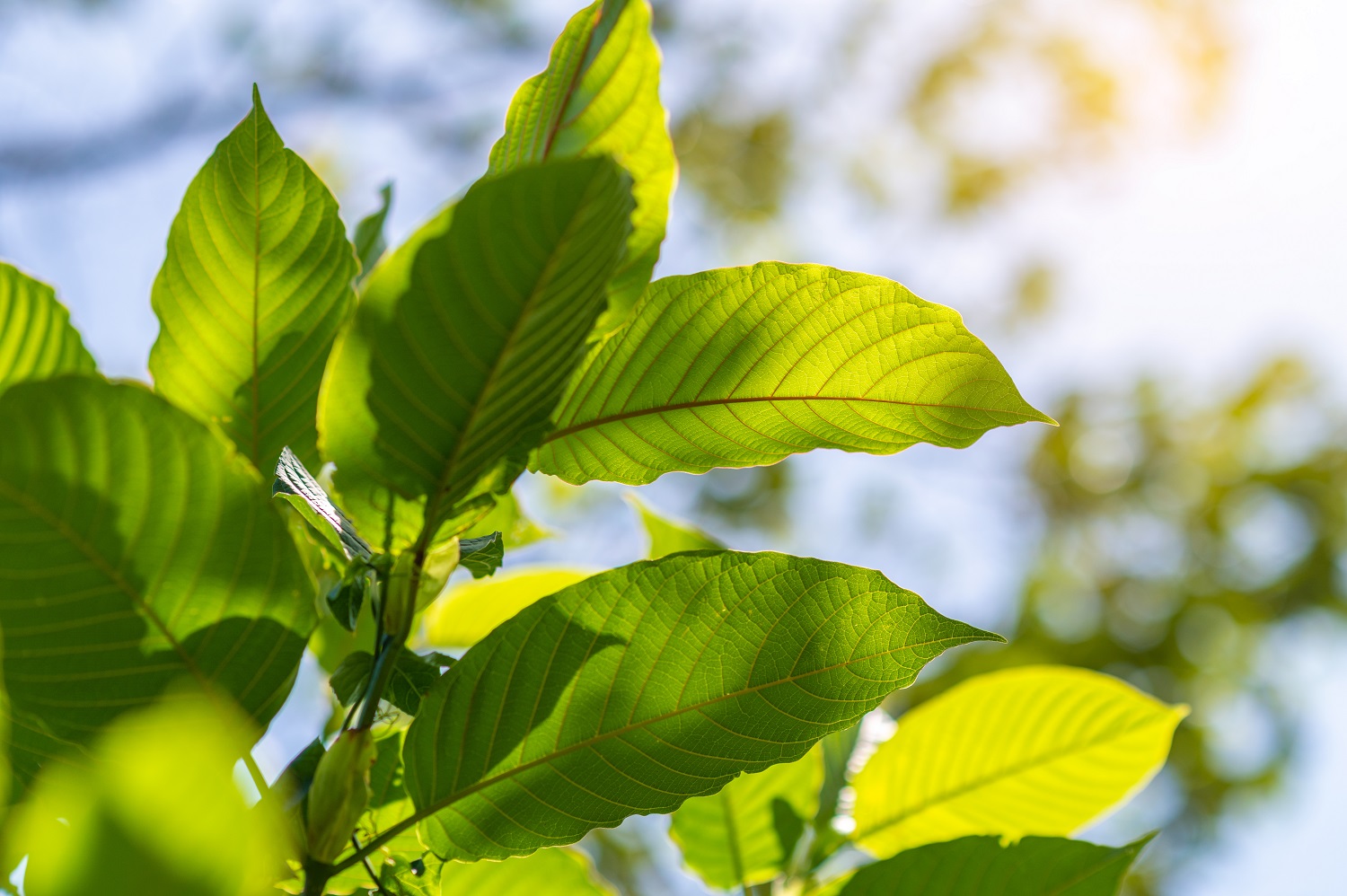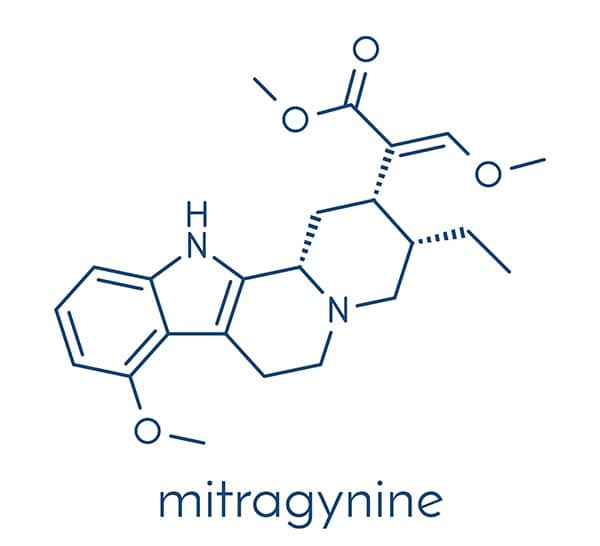

Disclaimer: This article is for educational purposes only and does not provide medical advice. The effects of kratom can vary from person to person. If you experience any adverse effects or have concerns about kratom use, consult a healthcare professional.
Why trust Authentic Kratom
- 10 years of experience in the kratom industry
- High expertise confirmed by a partnership with the American Kratom Association
- Only lab-tested and GMP-qualified products
- Reviewed and Trusted by thousands of customers
There has never been an easier time to be alive, relatively speaking. Well, for most of us, at least.
Average life spans are increasing each year. Food has never been so abundant. Knowledge and information on any subject are just a simple click away. Medicine has never been so advanced.
But there are still a few things in life - various old practices, inventions, and traditions - that have never been improved on, beaten, or replicated and will stick around for a long time to come.
Modern self-driving cars are loaded with the latest incredible technology but still use mirrors to see behind. We can read global news instantly online, but most people enjoy a newspaper over a smartphone. Energy is pumped to us through pipes and cables, but nothing hits the spot quite like the satisfaction of a roaring log fire.
You can add to that list a little green leaf that grows both in the wild and is also heavily produced by kratom farmers in Southeast Asia.
Possible Natural Remedy
An extraordinary natural herb (of sorts), gifted to us by mother nature that is stubbornly putting up a plucky fight against possibly harmful discomfort-relieving chemicals sometimes produced by big pharma.
People have been using this leaf as a staple discomfort reliever in Asia for a very long time - hundreds of years, in fact - but recently, this little miracle leaf is becoming popular in the west.
While Kratom is not a reasonable alternative to carefully engineered pharmaceutical treatments, some people actually favour Kratom (and other natural products), over-prescription medicine. This is not something we would encourage or recommend, however. Professional medical advice should, of course, always be fully complied with.
Welcome, in case you didn't guess, to the guide about Mitragyna Speciosa or, to use its more commonly known name, Kratom. Through this post, we are going to be looking at a brief history of kratom. With kratom consumption on the rise, let's also look at a few key points you probably need to be aware of.
What Is Kratom?
Kratom is a substance, or by-product, derived from the leaves of the Mitragyna speciosa, otherwise known as the kratom tree. Mitragyna speciosa is a tropical evergreen tree in the coffee family native to Southeast Asia. Traditional kratom use relates to chewing the raw leaf, but over the years, a range of kratom products have become available in various countries.
The history of kratom is pretty localized as an indigenous species of Thailand, Indonesia, Malaysia, Myanmar, and Papua New Guinea, where kratom use has been around as a herbal medicine since at least the nineteenth century.
There is anecdotal evidence that suggests villagers of those regions have been using Kratom for hundreds of years, although the history of kratom isn't documented too much beyond that.
Kratom is reported to have stimulant effects, depending on the type of kratom product you are taking. This is thought to derive from the kratom plants alkaloid, which contains the terpenoid mitragynine and 7 hydroxymitragynine.
How Is Kratom Made?
Kratom is hand-picked from the leaves of the Mitragyna speciosa tree in Southeast Asia. The leaves of the kratom plant are collected when they reach ideal maturity, where they are gathered and dried either naturally in the sun or through specialist dehumidifying ovens.
Different durations of drying are used to produce different powders. After the leaves are dried, they are then crushed into a fine powder - think something slightly more coarse than talcum powder, only green in color.
Origin And History of Kratom
Where Does Kratom Grow
Mitragyna speciosa kratom trees grow in tropical regions of Southeast Asia, such as Thailand, Malaysia, and Indonesia. All of these regions provide the much-needed climatic and environmental conditions necessary for the plant to thrive in the wild.
Kratom has been consumed in various ways by the people of that region for generations. In particular, kratom tea is often used by locals against discomfort and fatigue. It is also burned as incense in rituals due to its sedative effects.
Looking a little further back into the history of kratom to 1839, when Peter Willem Korthals, a botanist from the Dutch East India Service, discovered kratom trees under the name Stephegyne speciosa. Then, George Darby Haviland, a British surgeon, gave it the name we still know today in 1859.
More recently, this incredible natural product is becoming widespread in America, where kratom consumption is increasing, and consumed in many different ways other than tea through various kratom products available. The product is still imported from Southeast Asia to various countries worldwide, and while efforts have been made to grow the plant in other countries, they have mostly proved unsuccessful.


What Are Kratom Effects?
Studies on kratom are still ongoing, and its effects may vary from person to person. In addition, the effects can be quite different depending on the purity of the product and the way it is processed.
Judging by the user reviews and the content of kratom, regular kratom users report a calming, energising, discomfort-relieving effect. Many users use kratom for sleep. However, as we said, the effects can vary from person to person.
Generally speaking, most users who take a moderate dose report a slight mood change within an hour of taking kratom.
Again, we should stress that the effects can vary from person to person, and there is absolutely no firm scientific evidence behind these claims.
Another commonly reported effect of taking kratom is a reduction in moderate discomfort of various degrees. Kratom is relatively popular with sufferers of back discomfort, for example.
Different strains of leaf result in different responses, feelings, and effects, and while some strains are reported to be more effective for discomfort relief, other strains are reported to work better for energy and verve.
If you have a health problem, do not partake in kratom use without consulting your doctor.
Types of Kratom Powder and Kratom Extracts
There are three or four main types of kratom products, such as pills, powder, or tea, all of which stem from a dried leaf originally. Those leaves come in different colored 'veins,' which produce slightly different effects. Let's take a look in a little more detail.


Kratom Vein Colours
- Red Vein Kratom: The red kratom strain is one of the most popular kratom strains. In particular, they can be the ideal choice for beginners. Leaves with red veins and stems are picked when the tree is mature, and leaves are ready to be plucked.
- They are kept under plenty of sunlight, sometimes UV lamps as well, when drying. Leaves can also be fermented, which is typically done when creating Bentuangie Kratom.
- Yellow Vein Kratom: An exotic related species from the Mitragyna species, this Yellow Vein Kratom was once known only to East Asian populations but has quickly become a worldwide valuable commodity in the past few years.
- It's brilliant shade of yellow is owed to the rich oriental earth and moist climate from which it grows, coupled with the distinct drying process used after harvesting its leaves. Because of the intricate drying method implemented with this rare strain of mood-enhancing kratom.
- Green Vein Kratom: As far back as the emergence of red vein kratom, green vein kratom has also been accessible on the U.S. market. It is equally in high demand, and many Americans have embraced the wonders of its medicinal properties and its effects on their body.
- As a kratom tree matures, its leaves contain different levels of alkaloids build—you'll see a green hue of 'veins' that overlay the underneath of the leaves.
- The harvested leaves are then kept under sunlight, or sometimes A related exoticde the house till they dry out. When dry, the leaves may then be ground and processed into a powder
- White Vein Kratom: The White Vein Kratom strain comes from the Mitragyna species of the far southeast of Asia. Each colored strain of kratom has its specific chemical composition that will benefit you in multiple areas.
- Studies show that powdered products are much easier and quicker for the body to digest, as opposed to their raw and unprocessed counterparts. If you've been considering these options, one of our wide varieties of premium White Vein Kratom Powders.
Kratom By Region:
Kratom strains are subspecies of kratom products. The species usually notes the geographic location from which the kratom comes, along with the vein color to indicate a particular growth characteristic of the kratom plant. Kratom strains can vary from region to region. You can see some examples below.
- Borneo
- Maeng Da
- Bali
- Vietnam
- Bentuangie
- Hulu Kapuas
- Thai Maeng Da
- Thai kratom
- Sumatra
- Riau
- Malay
- Kali
What Is The Difference Between Kratom Color?
Kratom strains are generally divided into three different colors. Red vein, White vein or Green vein. This depends on the color of the stem and the vein of the leaf. This difference determines the effect of the kratom leaf on the mind and body.
A different color means a different effect and a different chemical composition. Different strains of kratom contain various alkaloids that produce their own effects.
Here are some new products just added to our catalog
Kratom Leaves and Powder Vs Capsules and Kratom Tea - What Is The Difference?
Powder, leaf form, pills, or tea? Let's take a look at the various kratom products available.
Kratom Leaves
Kratom leaves are typically chewed, crushed, and made into tea or smoked. Kratom tea, especially, is one of the most popular uses in Southeast Asia, where for the vast history of kratom, chewing and boiling were the only methods of consumption.
Drawbacks of kratom leaves? Kratom is not a very tasty herb. Also, storing fresh leaves is more difficult than storing powder. Moreover, for some, it may be more work than capsules.
Kratom Powder
Kratom powder is obtained by crushing dried kratom leaves. You can add the powder to your food and drinks but need to measure it correctly, which can be problematic for some people. Also, it may not be tasty for some.
Kratom Capsules
Kratom capsules contain kratom powder, and the external layer makes it easy to carry, store and consume. Still, some may prefer more traditional methods such as tea or incense.
Kratom Side Effects And Health Hazards
Although kratom is a product that spreads from day to day, its effects can vary from person to person. The side effects are not as harsh as some of the more dangerous drugs available from pharmacies - in this day and age, there are plenty of those - but side effects do exist for some users.
We should stress these side effects are not necessarily for all users. Some people might experience one or two of them, others quite a few, while others still, none at all.
Let's take a look at what they might be.
- weight loss
- dry mouth
- chills, nausea, and vomiting
- changes in urine and constipation
- liver damage
- muscle discomfort
- dizziness
- numbness
- hallucinations and delusions
- depression and delusion
- respiratory suppression
- psychological withdrawal symptoms
Is Kratom Safe?
Kratom is a substance that can have side effects. You should also be very careful about overdosing while using it. Currently, research is still being done on kratom, and there is not enough research to conclude firm findings.
The safest would be to buy kratom from a trusted place and use it starting with small doses. If you have a health problem, talk to your doctor.
How To Use Kratom Without Getting Addicted?
The biggest reason for kratom addiction may be increased tolerance. It is recommended to use it from time to time by taking a break for a few days so that your body and mind do not get used to this substance.
Always start with a low dose and consult a healthcare professional if unsure.
Kratom Beginner Recommendations
The most important recommendation for those new to using kratom would be to start slow. Kratom tea or incense can be ideal for a light start. On the other hand, while the pills provide convenience in terms of use, adding kratom powder to food and drinks will provide more flavor value.
Final Thoughts
Kratom’s history as a traditional herb from Southeast Asia has paved its way into global awareness, particularly in the West. While its diverse strains and forms offer a unique variety of uses, it is essential to approach kratom responsibly, prioritizing education and safety above all.
With its effects and side effects varying greatly from person to person, consulting a healthcare professional before use is strongly recommended. By sourcing from reputable suppliers and adhering to best practices, kratom users can better navigate its complexities while respecting its cultural roots and potential.
Disclaimer: This article is for informational purposes only and does not constitute legal or medical advice. Always check local laws and consult professionals for specific guidance.


